

Private Label Detox Fruit Tea 100% Natural Mixed Dried Fruit Tea With Dried Mixed Fruit

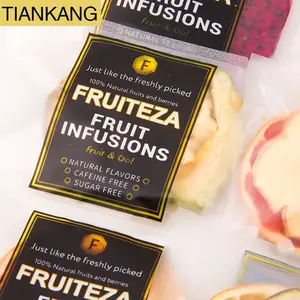
Factory Supply Bulk Private Label High Quality Handmade Fresh Fruit Tea Mixed Dried Fruits Slimming Beauty Flavored Tea








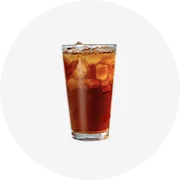
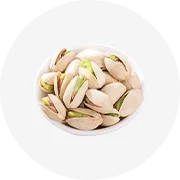
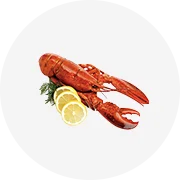
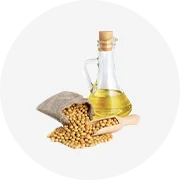
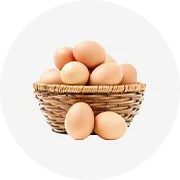
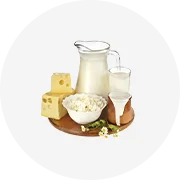
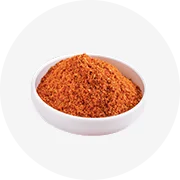
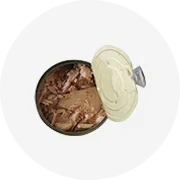
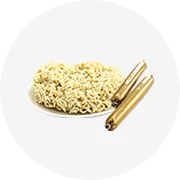
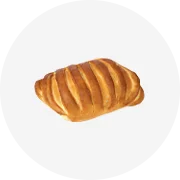
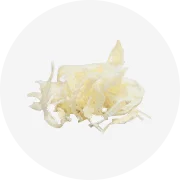
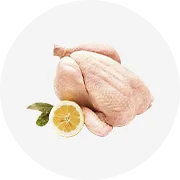
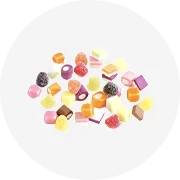
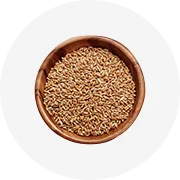
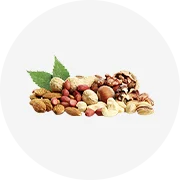
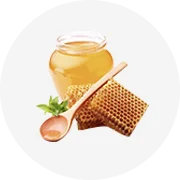
Oolong tea, a traditional Chinese tea with a unique and complex production process, occupies a middle ground between green and black teas. Known for its diverse range of flavors and aromas, oolong tea is partially oxidized, which allows it to embody characteristics of both unoxidized green teas and fully oxidized black teas. The degree of oxidation can vary from about 10 to 70 percent, significantly influencing the tea's taste and color.
This tea is for connoisseurs and casual drinkers alike, appealing to a broad audience with its wide spectrum of flavors—from fruity and light to dark and roasty. The principles behind its production involve several steps including withering the plant under strong sun, oxidation, curling, and twisting. The leaves may be oxidized in carefully controlled environments, and the timing of when the process is halted by heat defines much of the tea's final character.
Oolong tea works both as a refreshing beverage and as a culinary ingredient. Its rich flavor profile has also been associated with various health benefits, making it a popular choice for those looking to enjoy a delicious drink that can also contribute to their well-being. Whether served hot or cold, oolong tea offers an exquisite experience that is both versatile and satisfying.
Within the category of oolong teas, there are several types that are distinguished by their flavor profiles, production methods, and regional origins.
Tieguanyin: Often hailed from Fujian province in China, this type is known for its floral aroma and a taste that strikes a balance between sweet and sour. It has a bright golden color and can be enjoyed at any time of the day.
Da Hong Pao: Translated as "Big Red Robe," this highly prized oolong from the Wuyi Mountains has a deep, rich flavor with slight smoky notes. It's generally more oxidized than other oolongs and is cherished for its supposed health benefits.
Milk Oolong (Jin Xuan): This variety is famous for its creamy, buttery taste that naturally mimics a milky flavor. It's less oxidized and has a light, smooth finish, typically hailing from Taiwan.
High Mountain Oolongs: Grown at high altitudes in Taiwan, these teas are characterized by their crisp flavors that can range from floral to vegetal. They are often less oxidized and highly sought after for their quality.
Dan Cong: These single bush oolongs from Guangdong province have intense flavors that often mimic other plants such as orchids or almonds. Each bush produces a slightly different flavor profile.
For businesses seeking to purchase wholesale oolong tea on Alibaba.com, several factors should be taken into consideration to select the right product for their clientele or commercial use.
Firstly, consider the level of oxidation desired in the tea leaves; this will greatly influence the taste profile—from light floral notes to richer caramel-like flavors. Additionally, take into account the origin of the tea, as different regions offer distinct characteristics in their soil and climate that can affect the subtleties in aroma and taste.
The processing type also plays a crucial role—whether you're looking for traditional hand-made teas or those processed using modern techniques. The style of oolong—loose leaf or compressed—will determine both the brewing method required and the presentation offered to customers.
Lastly, be aware of market trends and consumer preferences regarding specialty teas such as organic or health-oriented varieties, which may command higher prices but also attract discerning customers seeking premium products.
When searching for premium oolong tea wholesale options, Alibaba.com stands out as an expansive marketplace connecting businesses with reputable suppliers from around the world. The platform offers an extensive selection of oolong teas from key producing regions such as China's Fujian province and Taiwan's mountainous landscapes—each renowned for their superior quality leaves.
Alibaba.com streamlines the purchasing process with user-friendly features such as filtering options to narrow down choices by packaging type, processing type, specialty, and grade—allowing buyers to find exactly what they're looking for efficiently. Moreover, Alibaba’s Trade Assurance service provides peace of mind by safeguarding payments until order delivery is confirmed complete.
In an industry where authenticity and quality matter deeply to consumers, Alibaba.com ensures businesses can source genuine oolong teas directly from producers who uphold traditional processing techniques alongside modern standards. This commitment to facilitating reliable trade makes Alibaba.com an ideal destination for businesses aiming to enrich their offerings with some of the best oolong teas available on the global market.
The quality of oolong tea is primarily determined by the degree of oxidation, the region of origin, the skill of the tea master, and the conditions under which the tea is grown and processed. These factors contribute to the flavor, aroma, and appearance of the tea.
The degree of oxidation can significantly affect an oolong tea's flavor profile, color, and aroma. Lightly oxidized oolongs tend to be more floral and green, while more heavily oxidized ones exhibit richer, fuller, and sometimes roasted flavors.
Wholesale oolong tea can come in a variety of packaging options including bags, boxes, bulk packaging, vacuum packs, gift packing, cans, bottles, sachets, mason jars, drums, plastic containers, glass containers, barrels, teabags, and more.
Selecting the right type of oolong tea for your business involves understanding your customer base's preferences. Consider factors like flavor profiles they enjoy (floral vs. robust), health benefits they desire (such as slimming or organic teas), and whether they prefer loose leaf or teabag options.
Popular processing types for oolong tea include fresh, fermented, hand-made, blended, raw, stir-fried, re-processed, steamed, double-fermented, post-fermented, dried, semi-fermented, flavored, fresh-squeezed, sterilized, filtered, colored, and roast.
Yes, on Alibaba.com you can filter for specialty teas such as organic or health teas including slimming varieties which cater to specific consumer interests and may provide added value to your product lineup.
Tea grade indicates quality with designations like A-grade or premium-grade reflecting superior leaf appearance and taste. Understanding grading can help you select teas that meet your business's quality standards and price points.
Flavor additives can enhance or complement the natural flavors of oolong tea. However, it's important to choose flavors that align with your brand and customer preferences. Popular flavors include peach, lemon, and various fruity notes.
The color of oolong tea often correlates with its oxidation level; lighter colors usually indicate lighter oxidation while darker hues suggest a heavier oxidation. Choose based on the taste profiles you wish to offer—lighter for subtler tastes or darker for more robust flavors.
The place of origin is crucial as it contributes to the terroir—a combination of factors including climate, soil conditions, and geography—that gives each tea its unique characteristics. Teas from renowned regions like Taiwan or certain provinces in China are often sought after for their distinctive qualities.
Loose leaf oolongs typically offer a more authentic brewing experience with fuller flavor extraction. Compressed teas and teabags may provide convenience but can contain broken leaves which affect infusion quality. Your choice should consider both customer preference and practicality for serving or resale.
Special features such as low-fat, sugar-free, organic certification, eco-friendly packaging or additional health benefits like low sodium or enriched vitamins might appeal to specific market segments and can influence purchasing decisions.
Businesses such as specialty tea shops, cafes, restaurants offering Asian cuisine or high-end gastronomy experiences can benefit from selling wholesale oolong tea. Additionally, wellness centers and health food stores may also find a market for premium-grade or health-oriented oolong teas.